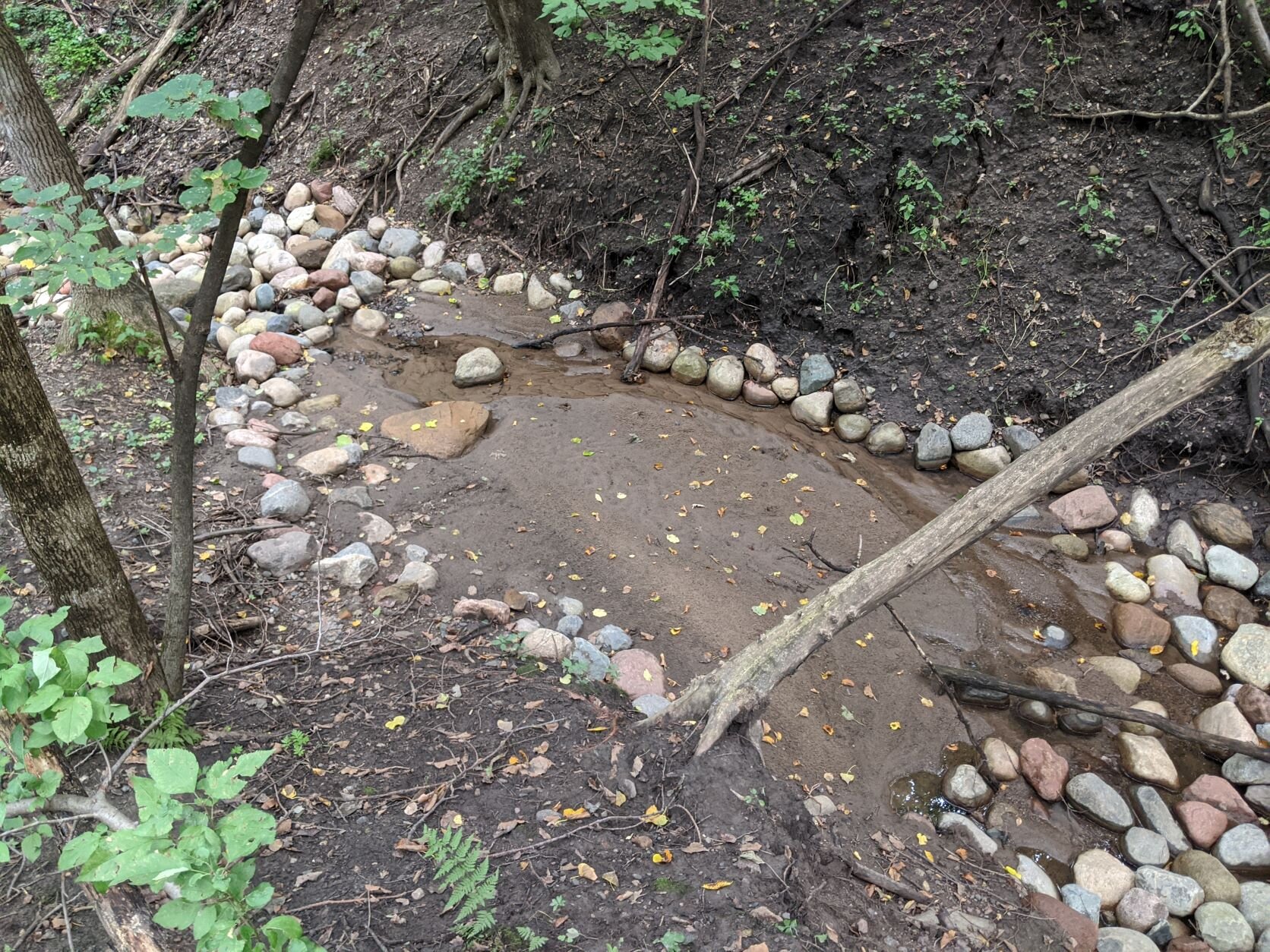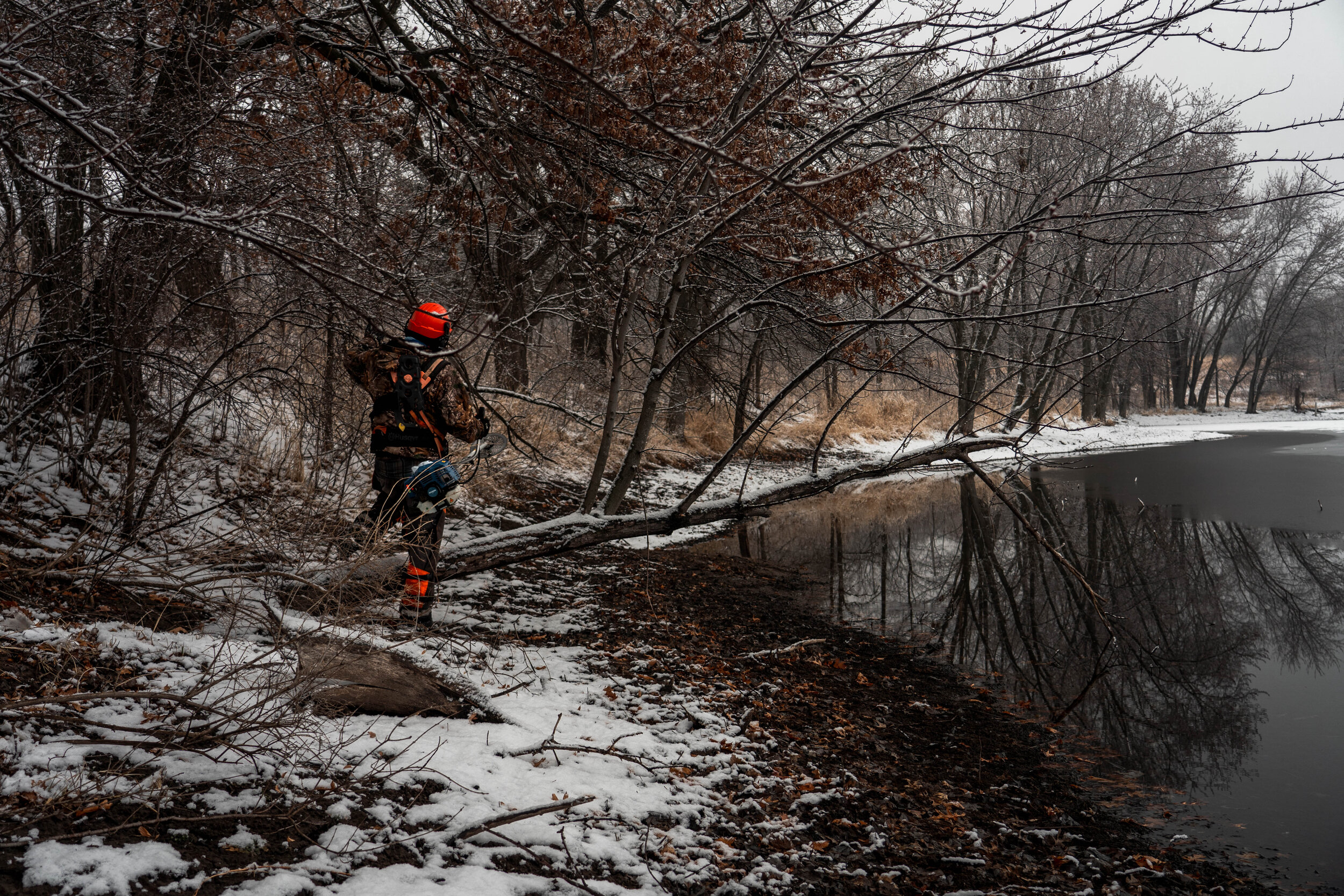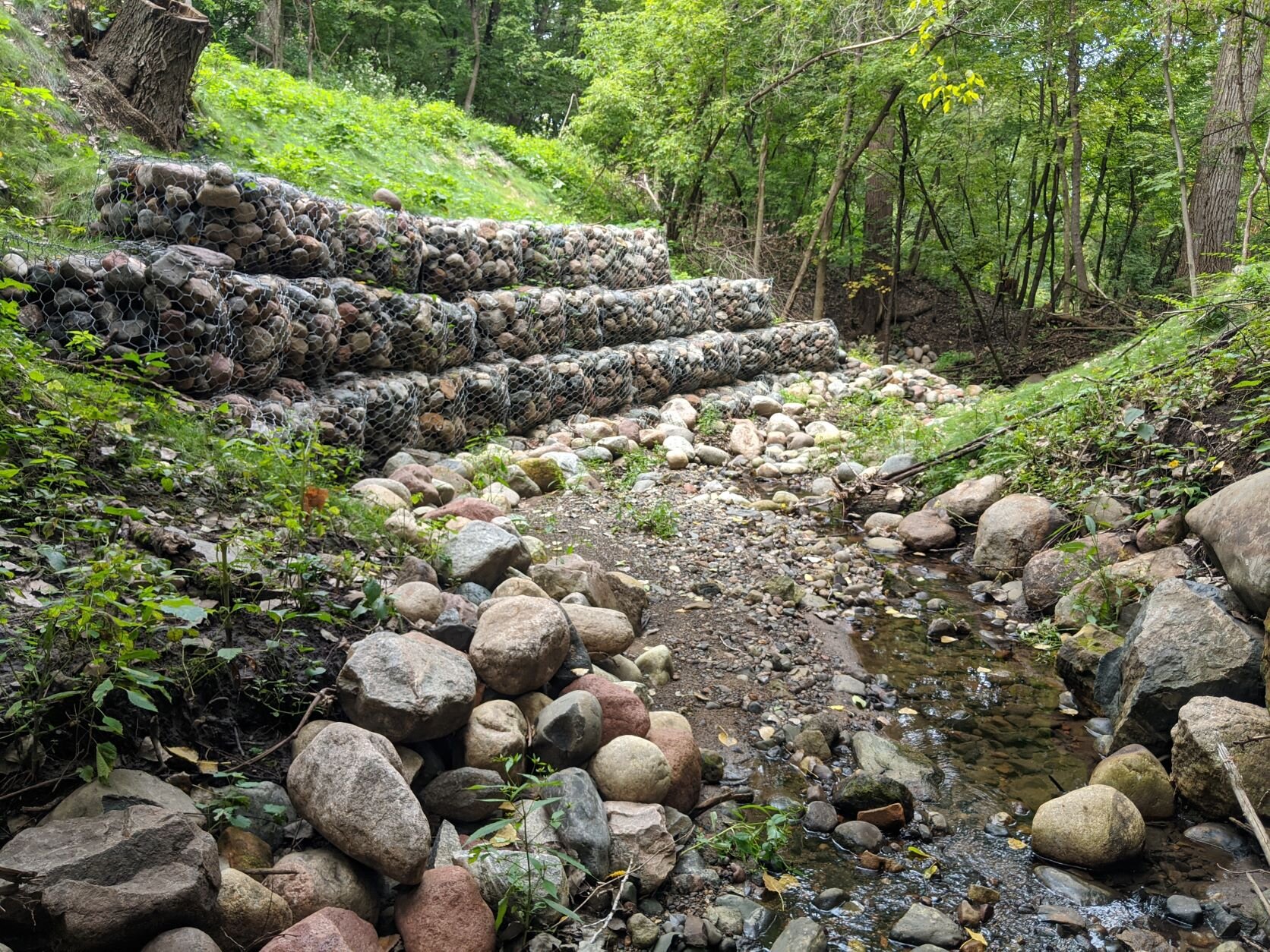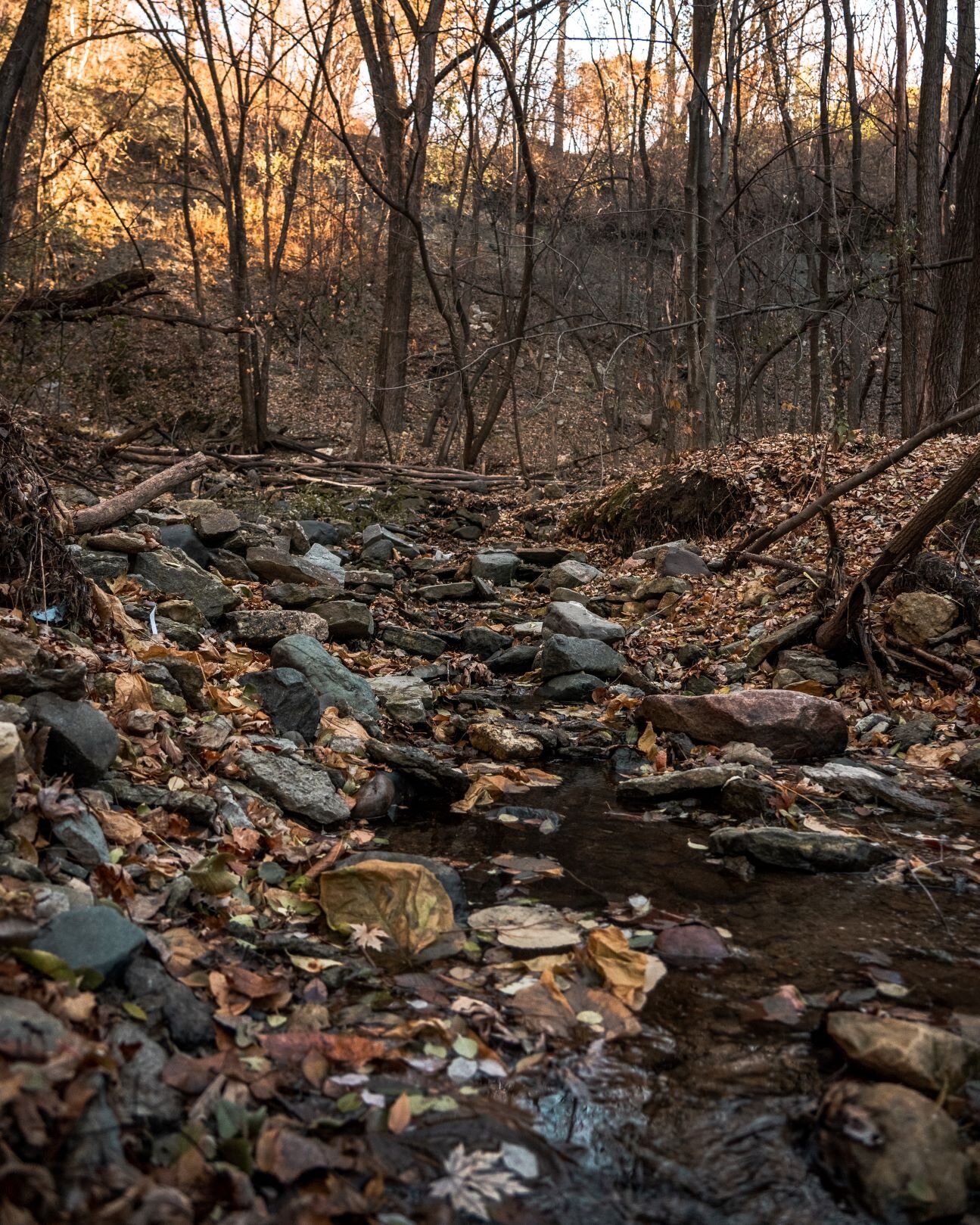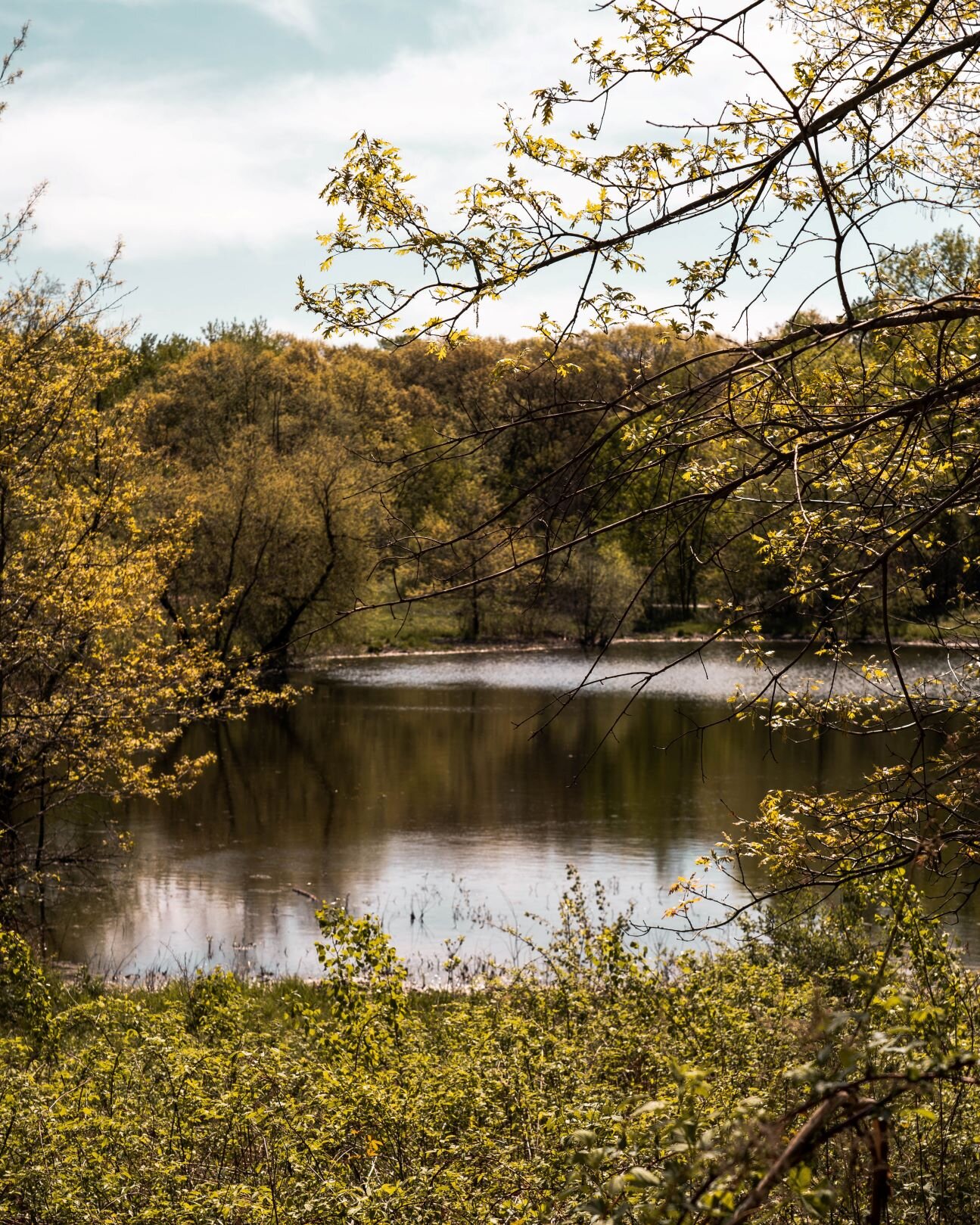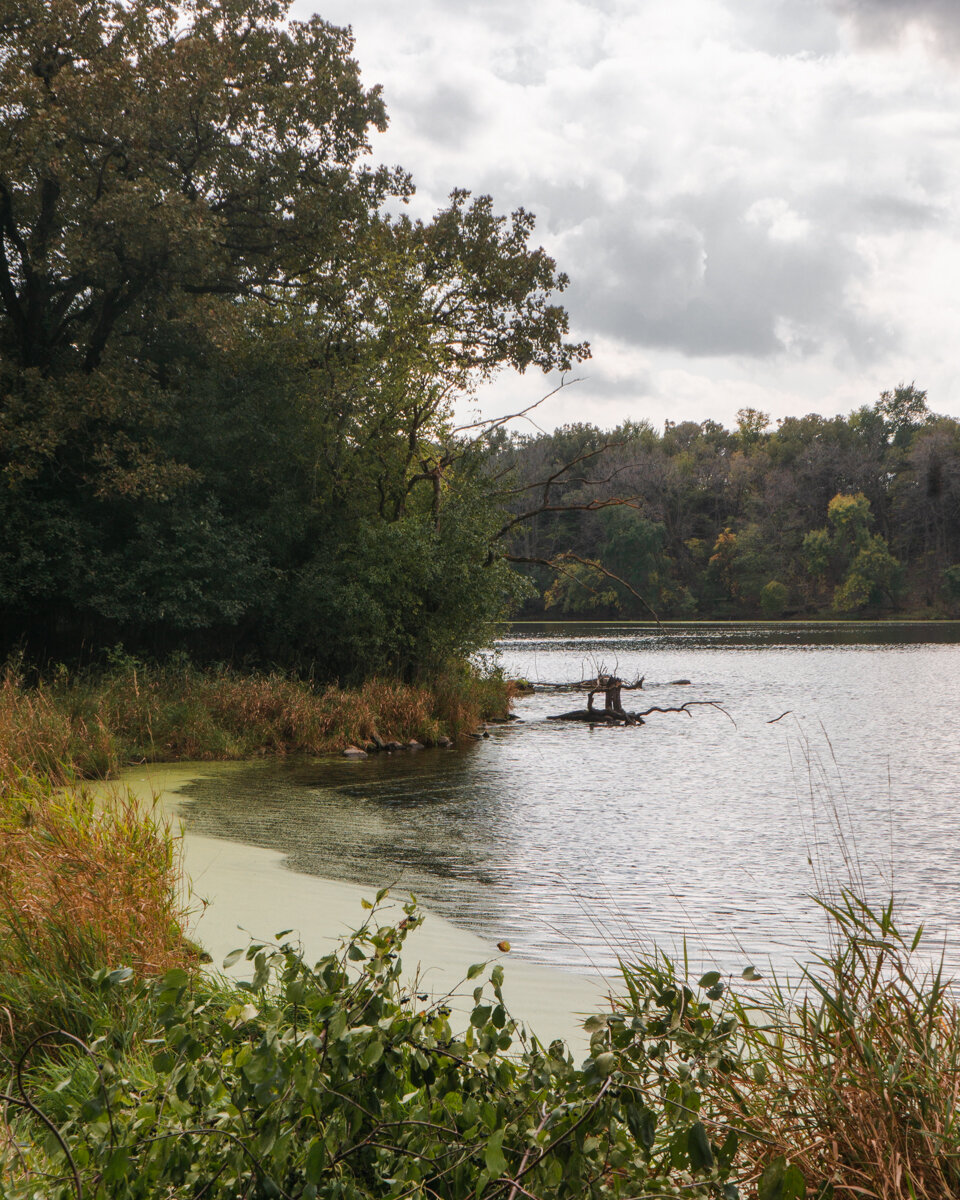Water Conservation
Water is one of the most important natural resources. Conserving water and protecting water quality is a responsibility for everyone, and at NRP, we want to help as many people with that challenge as we can. While practicing good water use habits at home is important, there are specific land management decisions that can further water conservation. Many of our services relate to water conservation. If you’re interested in incorporating water conservation efforts into your land management plan, let us know.
Popular Water Conservation Options
Shoreline Restoration: One of the best ways to protect water resources is to protect the land surrounding them. Shoreline restoration is key for reducing sediment and nutrient loading in waterways, as well as bank erosion. Check out our Stream and Shoreline Restoration page for more information.
Native Landscaping: Replacing traditional landscaping such as turf lawns with native grasses or drought-tolerant grass mixes can help conserve water, especially in urban areas. Property landscaping can be designed to work with gutter systems and natural topography to conserve water. Check out our Native Landscaping page for more information.
Rain Gardens: This option is growing in popularity with individuals, businesses, and cities. Rain gardens are designed to capture and hold water. They are planted with native plants that have long root structures to soak up the water and any absorbed nutrients. Rain gardens can be installed in areas of natural depression where water naturally accumulates, or designed to catch water run-off from gutters and impervious surfaces such as parking lots.
Rain Barrels: While we currently don’t sell rain barrels at NRP, they are a great way to catch and store rainwater which can be used later for watering gardens, washing cars, bathing dogs, or whatever you want! They follow our Light on the Land ethic, so we’re highlighting them.



